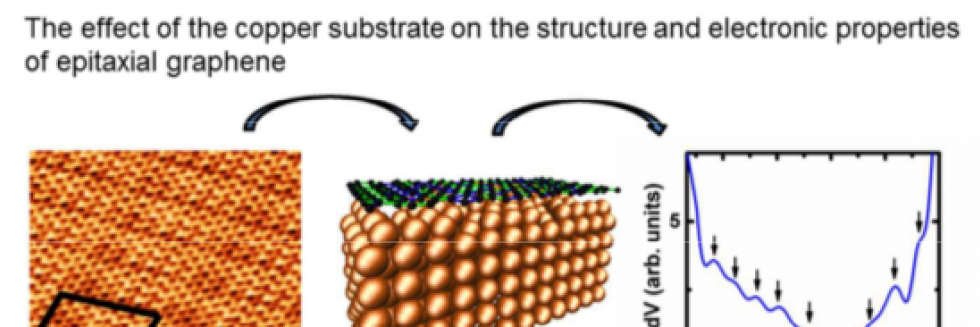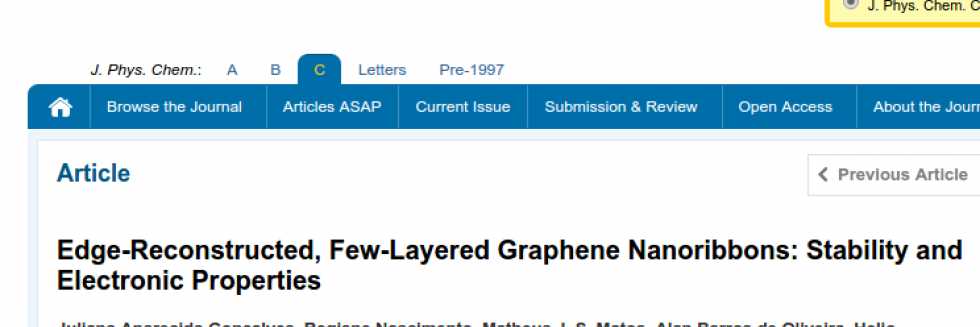Cutting-edge collagen biocomposite reinforced with 2D nano-talc for bone tissue engineering
A. C. F. de Brito, et al., “Cutting-edge collagen biocomposite reinforced with 2D nano-talc for bone tissue engineering,” Nanomedicine: Nanotechnology, Biology and Medicine, pp. 102756, 2024. Publisher's VersionAbstract
The advancement of nanobiocomposites reinforced with 2D nano-materials plays a pivotal role in enhancing bone tissue engineering. In this study, we introduce a nanobiocomposite that reinforces bovine collagen with 2D nano-talc, a recently exfoliated nano-mineral. These nanobiocomposites were prepared by blending collagen with varying concentrations of 2D nano-talc, encompassing mono- and few-layers talc from soapstone nanomaterial. Extensive characterization techniques including AFM, XPS, nano-FTIR, s-SNOM nanoimaging, Force Spectroscopy, and PeakForce QNM® were employed. The incorporation of 2D nano-talc significantly enhanced the mechanical properties of the nanobiocomposites, resulting in increased stiffness compared to pristine collagen. In vitro studies supported the growth and proliferation of osteoblasts onto 2D nano-talc-reinforced nanobiocomposites, as well as showed the highest mineralization potential. These findings highlight the substantial potential of the developed nanobiocomposite as a scaffold material for bone tissue engineering applications.
Leia mais 












